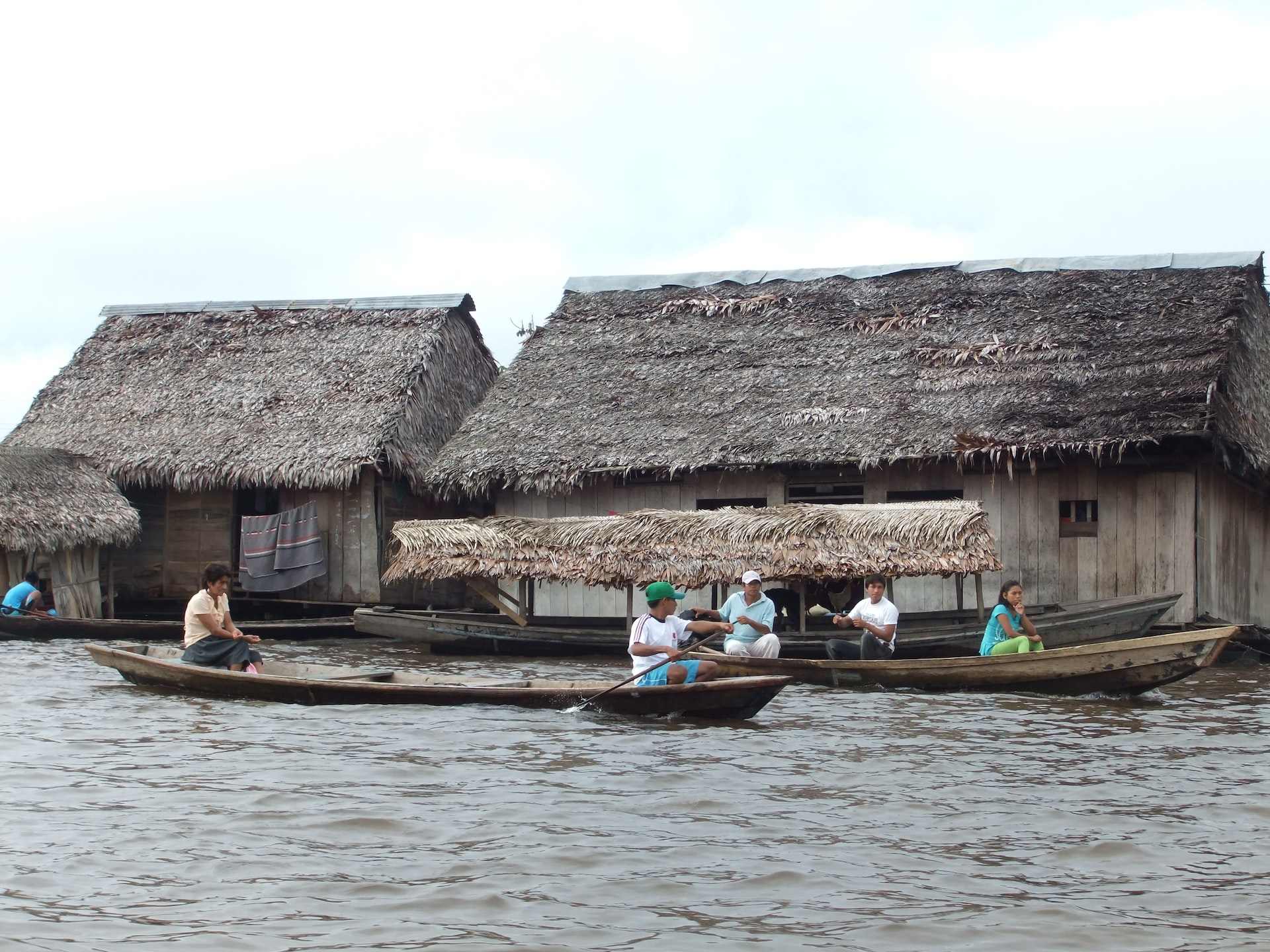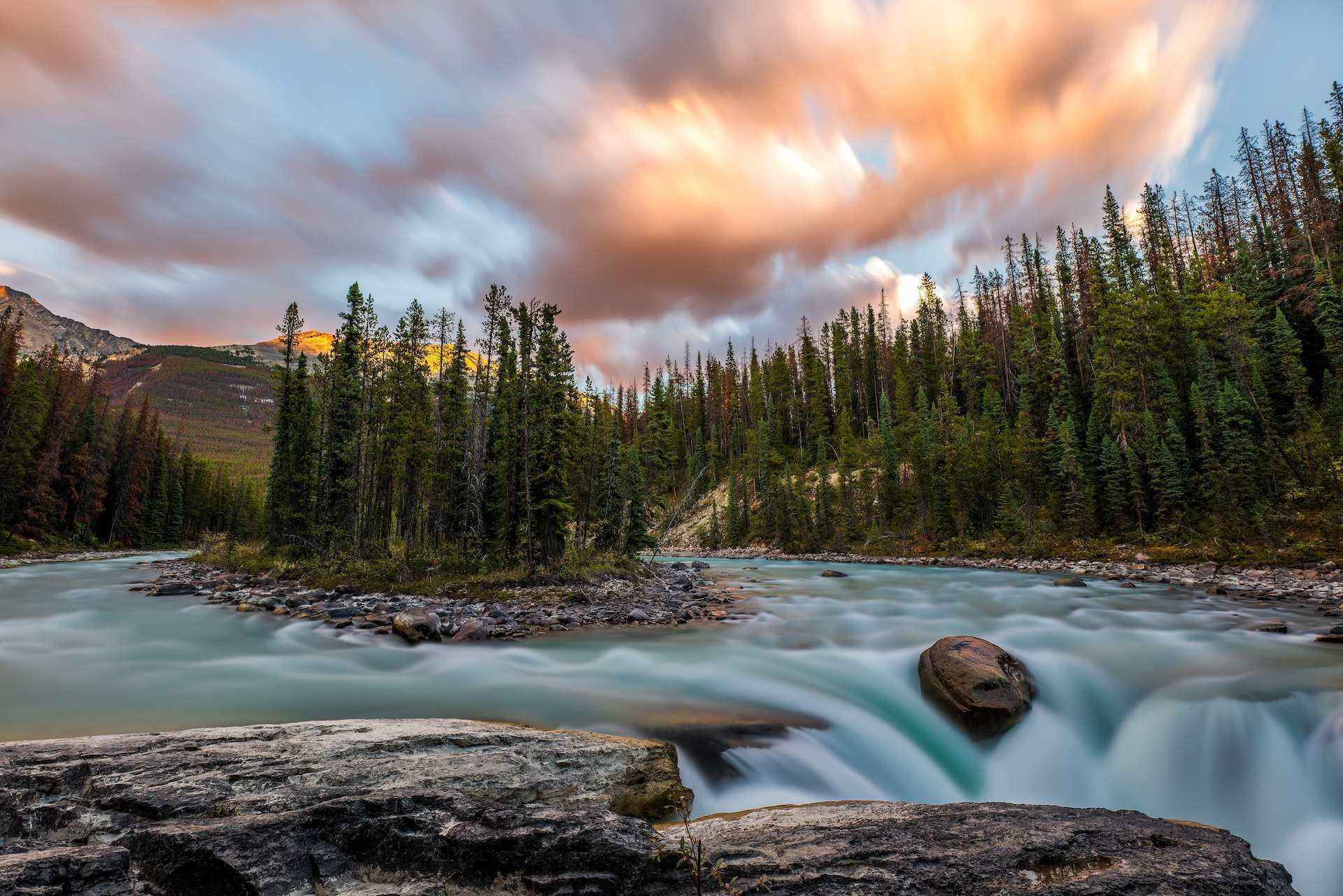Jakarta weather is known for its tropical monsoon climate, characterized by high humidity, heavy rainfall, and consistent temperatures throughout the year. The city’s location near the equator means that it experiences little variation in daylight hours, with roughly 12 hours of sunlight year-round.
Jakarta’s rainy season typically runs from November to April, with the heaviest rainfall occurring between January and February. During this time, the city can experience flooding and landslides, making travel difficult. The dry season, from May to October, is characterized by less rainfall and more comfortable temperatures, making it the best time to visit the city.
Despite its consistent temperatures, Jakarta can feel quite hot and sticky due to its high humidity. The heat index, which takes into account both temperature and humidity, can make it feel much hotter than the actual temperature. Visitors to the city should be prepared for hot and humid conditions, and should stay hydrated and take frequent breaks in air-conditioned spaces.
Overall, Jakarta weather can be challenging for visitors, but with proper preparation and a bit of flexibility, it can also be a great time to explore the city’s many cultural and historical attractions.
| Month | Low (°C) | High (°C) | Low (°F) | High (°F) | Rain (%) |
|---|---|---|---|---|---|
| January | 23 | 32 | 73 | 89 | 90 |
| February | 23 | 32 | 73 | 89 | 85 |
| March | 24 | 32 | 75 | 89 | 80 |
| April | 24 | 32 | 75 | 89 | 75 |
| May | 24 | 32 | 75 | 89 | 70 |
| June | 24 | 32 | 75 | 89 | 65 |
| July | 24 | 32 | 75 | 89 | 60 |
| August | 24 | 32 | 75 | 89 | 55 |
| September | 24 | 32 | 75 | 89 | 50 |
| October | 24 | 32 | 75 | 89 | 45 |
| November | 24 | 32 | 75 | 89 | 40 |
| 24 | 32 | 75 | 89 | 35 |
When it comes to the best time to visit Jakarta, the dry season, from May to October, is generally considered the most favorable. During this time, the city experiences less rainfall and more comfortable temperatures, making it easier to explore the many cultural and historical attractions that Jakarta has to offer. Additionally, the dry season is also the peak tourist season, so visitors can expect to find a wide range of activities and events to enjoy.
Another great time to visit Jakarta is during the shoulder seasons, which fall between the rainy and dry seasons. During these months, the weather is milder, and there is less rainfall than during the rainy season. This can be a great time to explore the city, as it is less crowded than during the peak tourist season. Additionally, visitors can also enjoy the beautiful greenery that the city has to offer during this time, as the vegetation is lush and vibrant.
For those interested in experiencing Jakarta’s rainy season, the months of November and April can be a good option. During these months, the city experiences less rainfall than during the peak of the rainy season, and the weather is generally milder. Additionally, visitors can also enjoy the city’s many indoor activities, such as visiting museums and shopping centers, during these months.
Overall, the best time to visit Jakarta largely depends on personal preferences and travel goals. Whether you prefer milder weather, less crowds, or an opportunity to experience the city’s unique culture, there is a time of year that will be perfect for you. With its rich history, vibrant culture, and beautiful landscapes, Jakarta is a destination that is sure to please visitors all year round.



